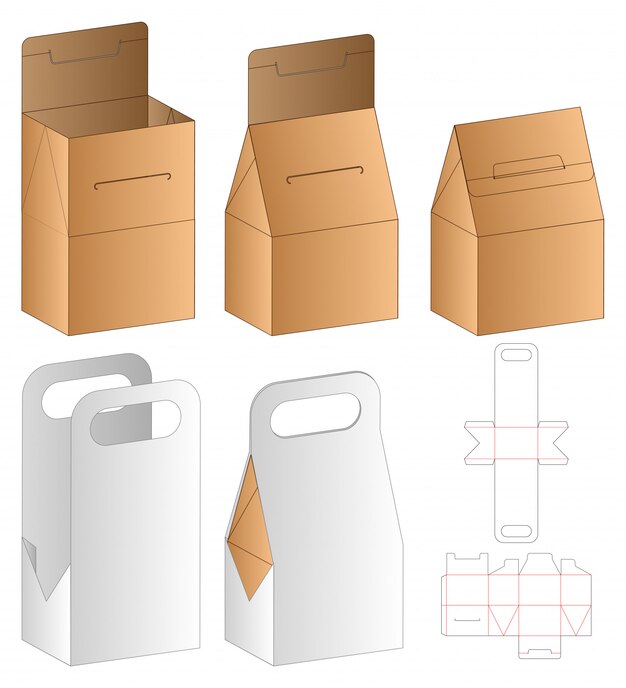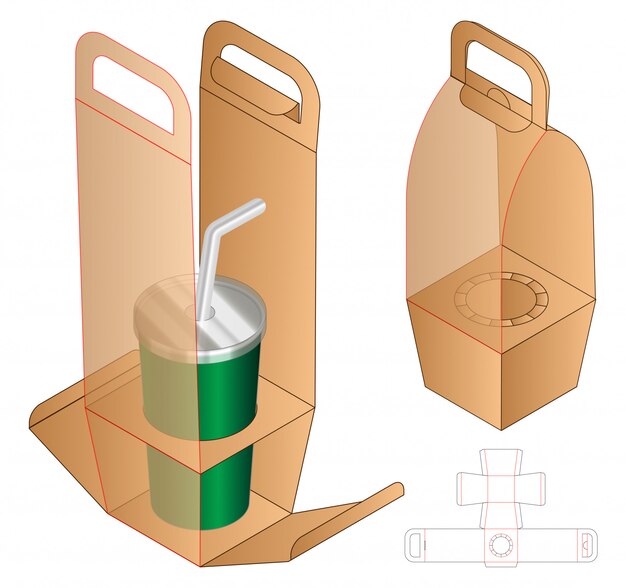
In a world where visual appeal and functionality are paramount, the art of food packaging design plays a pivotal role in catching the consumer’s eye and ensuring the freshness and safety of food products. Behind the scenes of those enticing packages lies an innovative 3D CAD Modeling for food packaging industry:
Imagine a cereal box perfectly contoured to fit its contents, a beverage bottle designed for both aesthetics and practicality, or a snack bag that keeps your treats crispy and delicious. These feats of design aren’t just happy accidents but rather the result of meticulous planning and precision.
In this blog, we’ll delve into the fascinating world of 3D CAD modeling and uncover its crucial role in shaping the food packaging industry.
What is 3D CAD Modeling?
3D CAD modeling, or three-dimensional computer-aided design modeling, is the process of creating a three-dimensional representation of an object using specialized software. The model is create by manipulating geometric entities, such as points, edges, and faces, in a virtual 3D space.
Don’t Just Package Food, Package an Experience
Partner with our CAD experts to design innovative food packaging that attracts customers and reduces production costs.
3D CAD modeling is use in a wide variety of industries, including engineering, product design, architecture, and construction. It is use to create models of everything from simple parts to complex assemblies. 3D CAD models can be used for a variety of purposes, such as:
- Visualization: 3D CAD models allow designers to visualize their designs in a realistic way. This can help to identify potential problems and make changes early in the design process.
- Simulation: 3D CAD models can be used to simulate the performance of a design under different conditions. This can help to ensure that the design is strong enough, stiff enough, and has the correct tolerances.
- Manufacturing: 3D CAD models can be used to generate manufacturing instructions, such as CNC machining code or 3D printing files. This can help to streamline the manufacturing process and reduce costs.
- Documentation: 3D CAD models can be used to create engineering drawings and other documentation. This documentation can be used to communicate the design to others and to ensure that it is built correctly.
The Role of 3D CAD Modeling for Food Packaging Design
1. Enhanced Visualizations for Innovative Packaging
Imagine designing a new food package. With traditional methods, you’d rely on 2D drawings and prototypes. But 3D CAD modeling lets you create a lifelike digital representation. You can see how the package looks from all angles, making it easier to innovate and design eye-catching, functional packaging.
2. Customization for Unique Products
Not all food products are the same size or shape. From snacks to sauces, each item requires tailored packaging. 3D CAD modeling lets designers customize packaging to fit products precisely, reducing wasted space and ensuring a snug fit.
3. Efficient Prototyping and Testing
Prototyping is an essential step in packaging design. 3D CAD models can be quickly turned into physical prototypes or mock-ups. This accelerates the testing process, allowing designers to assess the design’s practicality and make necessary adjustments.
4. Cost Reduction through Material Optimization
Optimizing materials is vital for cost-effective packaging. 3D CAD models allow designers to calculate exactly how much material is needed, reducing waste and cutting costs. This is especially crucial in the food industry, where margins can be tight.
5. Sustainability and Eco-Friendly Designs
With increasing awareness of environmental concerns, sustainable packaging is in demand. 3D CAD Modeling for product development of eco-friendly packaging by ensuring that it’s efficient in terms of material usage, thus reducing its carbon footprint.

6. Better Collaboration and Communication
Collaboration between designers, manufacturers, and marketing teams is streamlined with 3D CAD models. Everyone can view and interact with the digital design, leading to better communication and fewer misunderstandings.
7. Compliance with Food Safety Standards
Food safety is non-negotiable. 3D CAD models make it easier to design packaging that complies with food safety standards. It helps in creating packages that prevent contamination, maintain freshness, and provide clear labeling.
8. Rapid Response to Market Changes
The food industry evolves rapidly, with new products constantly hitting the market. 3D CAD modeling allows designers to adapt quickly to these changes, ensuring that packaging is always up to date and competitive.
9. Aesthetically Pleasing Design
The appearance of food packaging matters. 3D CAD modeling enables designers to experiment with aesthetics, textures, and colors to create visually appealing packaging that attracts consumers.
Some real-world examples of 3D CAD Modeling use in Food Packaging industry
1. Bottle Design for Beverages:
Beverage companies often use 3D CAD modeling to design bottles and caps for their products. This ensures that the bottles are not only aesthetically pleasing but also functional, with secure closures to preserve the beverage’s freshness.
2. Cereal Box Packaging:
The design of cereal boxes is critical for both branding and protecting the product. 3D CAD modeling helps create unique box shapes, convenient openings, and appealing graphics.
3. Snack Packaging:
Companies that produce snacks, such as potato chips or cookies, use CAD modeling to design packaging that keeps the products fresh and crisp. The models help optimize the food packaging structure and materials to prevent breakage during transportation. Learn more about the importance of structural 3D modeling.

4. Ready-to-Eat Meals:
3D CAD modeling is used to design packaging for ready-to-eat meals, ensuring that they are airtight and microwave-safe. These models also help with portion control and can be customized for different meal sizes.
5. Chocolate and Candy Wrappers:
For confectionery products, CAD modeling is employed to create attractive and functional wrappers that maintain the chocolates’ quality and appearance. Unique shapes and embossing are possible through CAD design.
6. Food Pouches:
Flexible food pouches, commonly used for items like sauces, soups, and baby food, benefit from 3D CAD modeling. It enables designers to create pouches with precise dimensions and spouts that facilitate pouring.
7. Pizza Box Design:
Pizza delivery businesses use CAD modeling to create pizza boxes that not only keep the pizza hot but also ensure it arrives in perfect condition. This involves designing ventilation, insulating layers, and secure closures.
8. Fresh Produce Packaging:
CAD modeling is use to design packaging for fresh produce, like berries or salads. These packages need to provide ventilation while protecting the product from damage during transportation.
9. Tea Bag Packaging:
The design of tea bag packaging requires precision to ensure that the tea remains fresh and the bags are easy to use. 3D CAD models help in achieving the perfect shape and size.
10 Customized Packaging:
Many companies offer customized packaging for special occasions or promotions. CAD modeling allows for quick adjustments to packaging designs to meet these needs.
11. Sustainable Packaging:
With the growing emphasis on sustainability, 3D CAD modeling helps in the design of eco-friendly packaging that reduces waste and environmental impact.
12. Frozen Food Packaging:
Frozen food products require packaging that can withstand extreme cold. CAD modeling helps design packaging that prevents freezer burn and maintains product quality.
In conclusion, 3D CAD modeling is a transformative tool in the food packaging design process. It offers visual clarity, customization, cost-efficiency, sustainability, and compliance with food safety standards. Embracing this technology allows food packaging designers to stay competitive in a dynamic industry while delivering safe, attractive, and innovative packaging solutions.
If you’re looking for 3D Modeling for Food packaging design, Then here we help you to create customized and functional food packaging design. Just drop a message here, or contact us on info@shalindesigns.com. Contact us now!